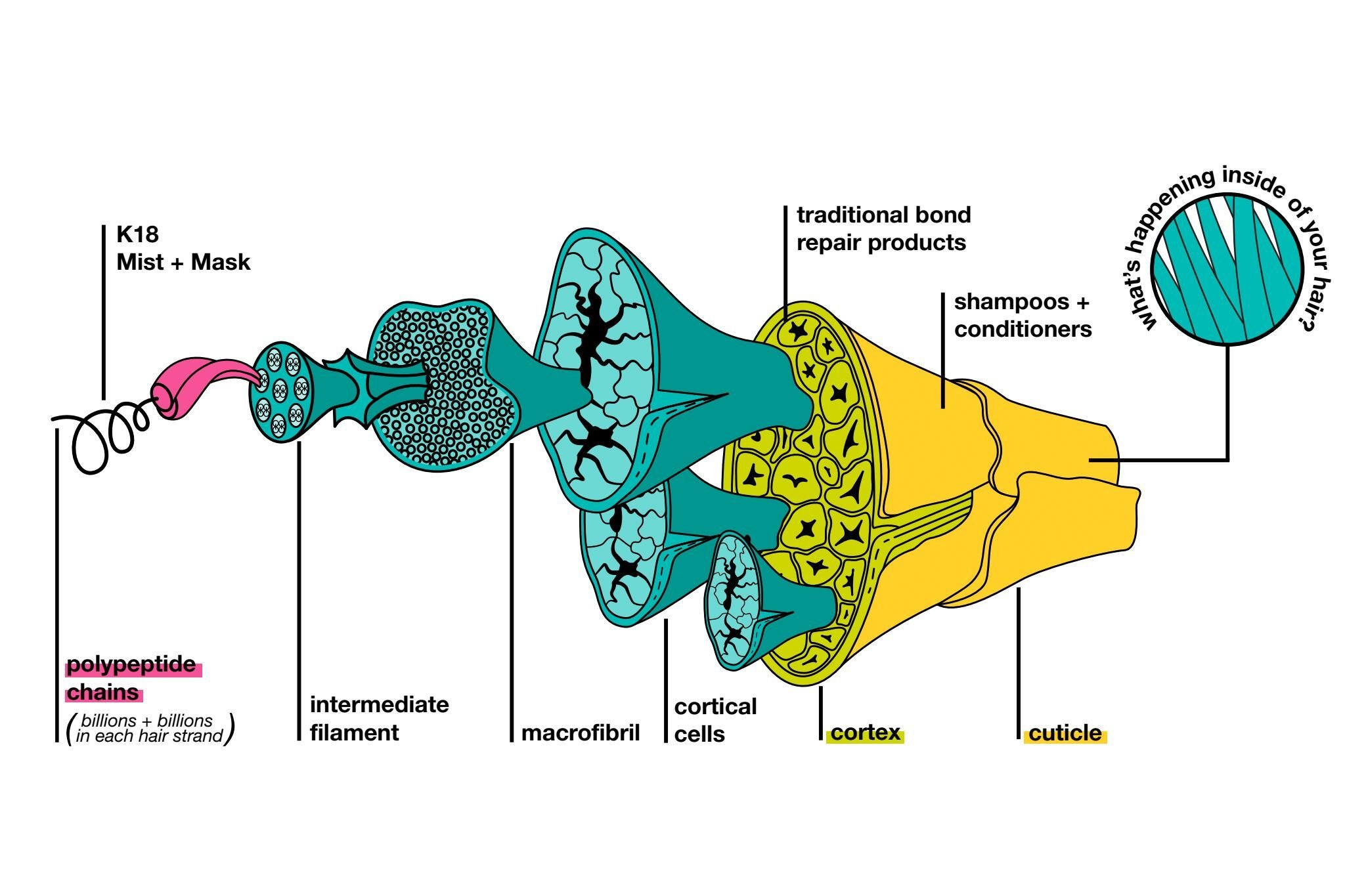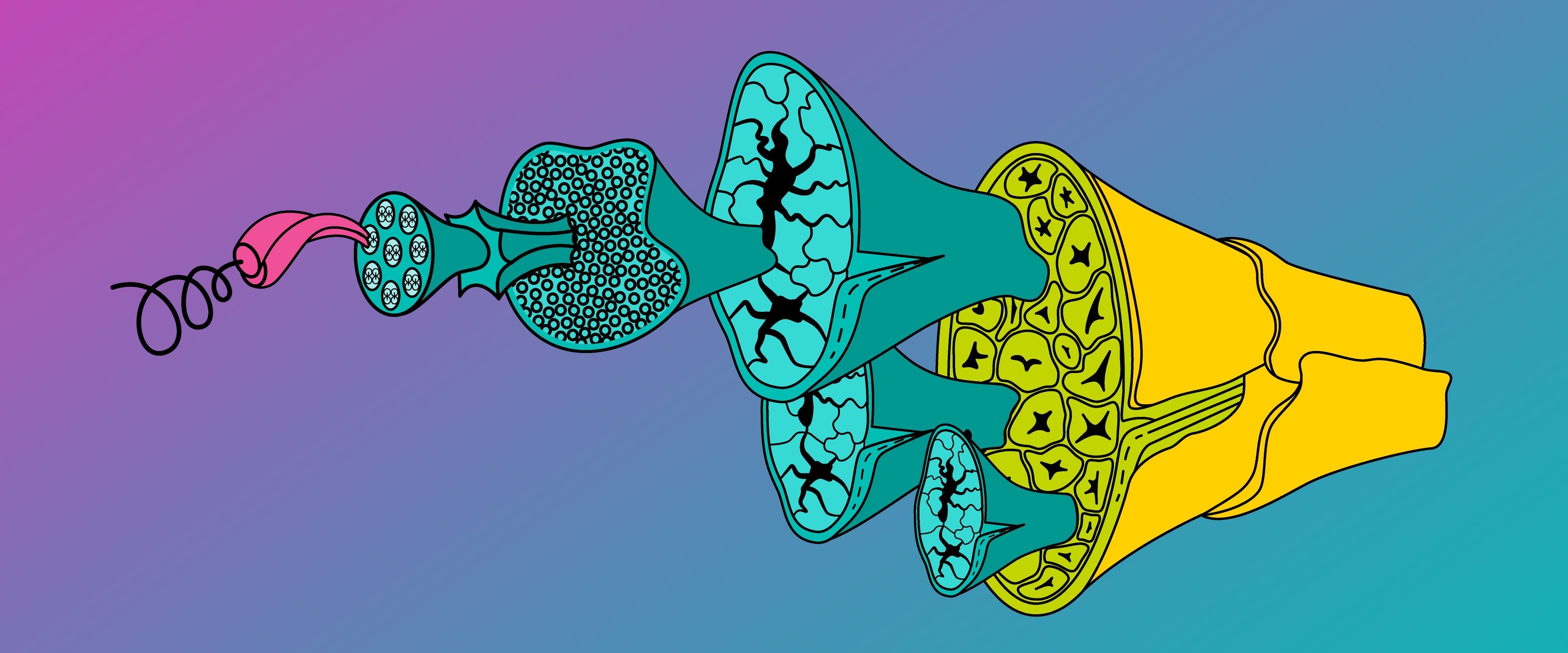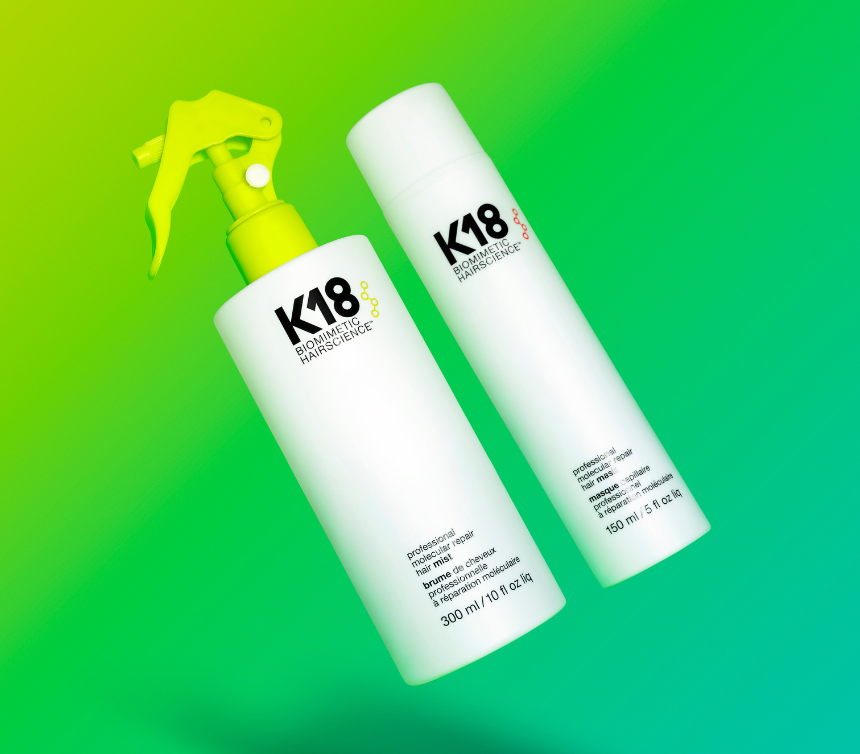Abriremos esta clase con una pregunta.
¿Qué sabes realmente sobre el cabello? ¿Sabías que no es algo estático y físico? Es una estructura dinámica, en constante movimiento. Así que todo eso de "el cabello está muerto" es un poco engañoso. Están sucediendo muchas cosas allí, ahora mismo, mientras lees esto.
As hair cells emerge from the skin, they are exposed to oxygen and die while becoming packed tightly with filaments of the protein keratin. While those hair cells are dead, multiple chemical bonds continue forming and reforming, meaning every single strand of hair (dead or alive) is constantly changing, breaking, and reconnecting.
When you look at a single strand of hair, you may see it as one slim, solid string-like extension. Maybe you’ve never given it much thought. Hair is not just a fiber, it is a complex biosubstrate with many, many layers (they’re just hard to see!)
A single hair strand has 3 main layers: The cuticle, the cortex, and the medulla. Under a microscope, the outside layer of hair, the cuticle, looks like overlapping tiles on a roof. Healthy cuticles lay flat—they are porous and can absorb and retain moisture. Unhealthy cuticles do not lay flat—they allow moisture to enter and escape easily, causing frizz and dryness.
The complexity of hair becomes clearer as we move from the cuticle to inside the center cortex, which is occupied by cortical cells filled with filaments of the protein keratin. Hair is made up of 95% keratin, a fibrous, helicoidal protein ( a fancy way of saying it’s shaped like a helix.) A multitude of amino acids can be found in hair, and strings or chains of amino acids are arranged in a very particular order that gives the resulting keratin protein certain properties. The cortex, contains bundles of fibrous protein and imparts the majority of hair’s strength and elasticity.
In the cortex, keratin strands will self-assemble into a coiled-coil (a helical shape that is formed by multiple protein chains). Those coiled-coils form bundles of intermediate fibers, which in turn interweave to form filaments and fibrils, that, in total, make up the hair fibers.

Huh? Ok, stay with us here.
Imagine a rope. It isn’t one single fiber, but rather the interweaving of many, many much smaller strands. On its own, one small string can’t support much weight; but when combined with dozens of others into a rope or cable, it can support a lot of weight!
Hair is structured the same way. The basic structure formed by the amino acid chains is the a-helix. Think the coiled wire of an old-fashioned telephone or coil of a spring. This helix pairs with another helix to form a dimer, or coiled coil. Then these structures intertwine with others in increasingly complex bundles of fibers.
When hair is treated with heat or chemicals, some of the side bonds holding keratin chains together are broken temporarily. For example, changes in acidity or alkalinity (pH) change the way side bonds connect. Overuse of chemical products can permanently change the way keratins bind.
When hair gets damaged, the polypeptide chains (keratin chains) that make up the inner structure of hair strands break. These chains are responsible for hair strength and elasticity, so when they become weakened or disconnect, hair loses its resiliency—or the look and feel of healthy hair.
Traveling into the inner-most layers of hair to reach the core polypeptide chains (keratin chains), the K18Peptide™ is just the right size and molecular structure to fit in and reconnect these broken keratin chains and reconform any disulfide bonds. This reconnection is what renews hair for that like-new look and feel.



